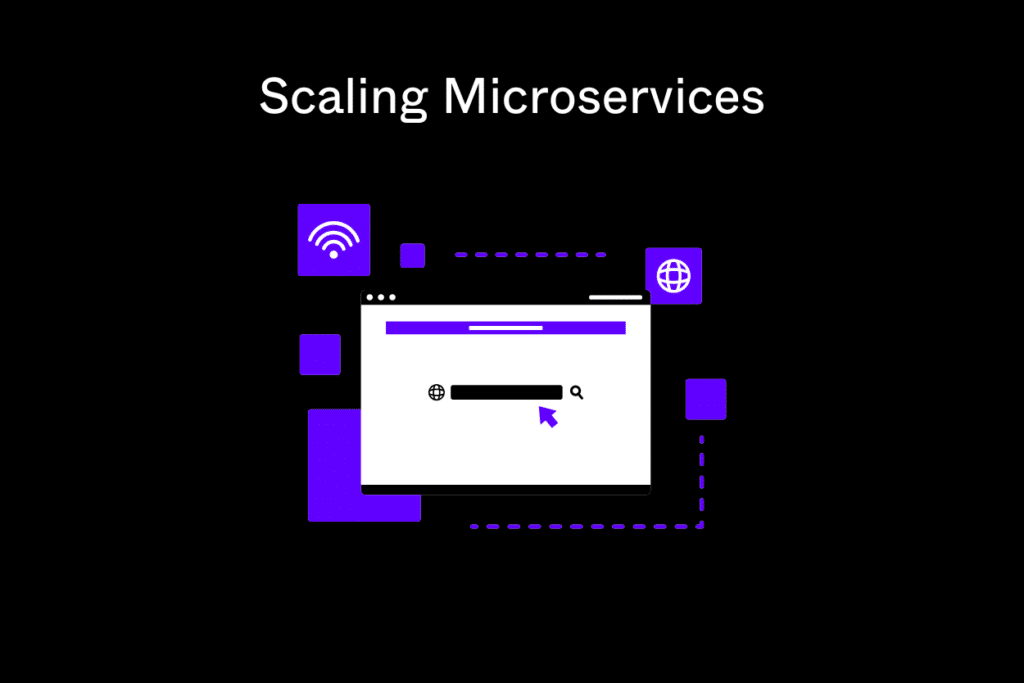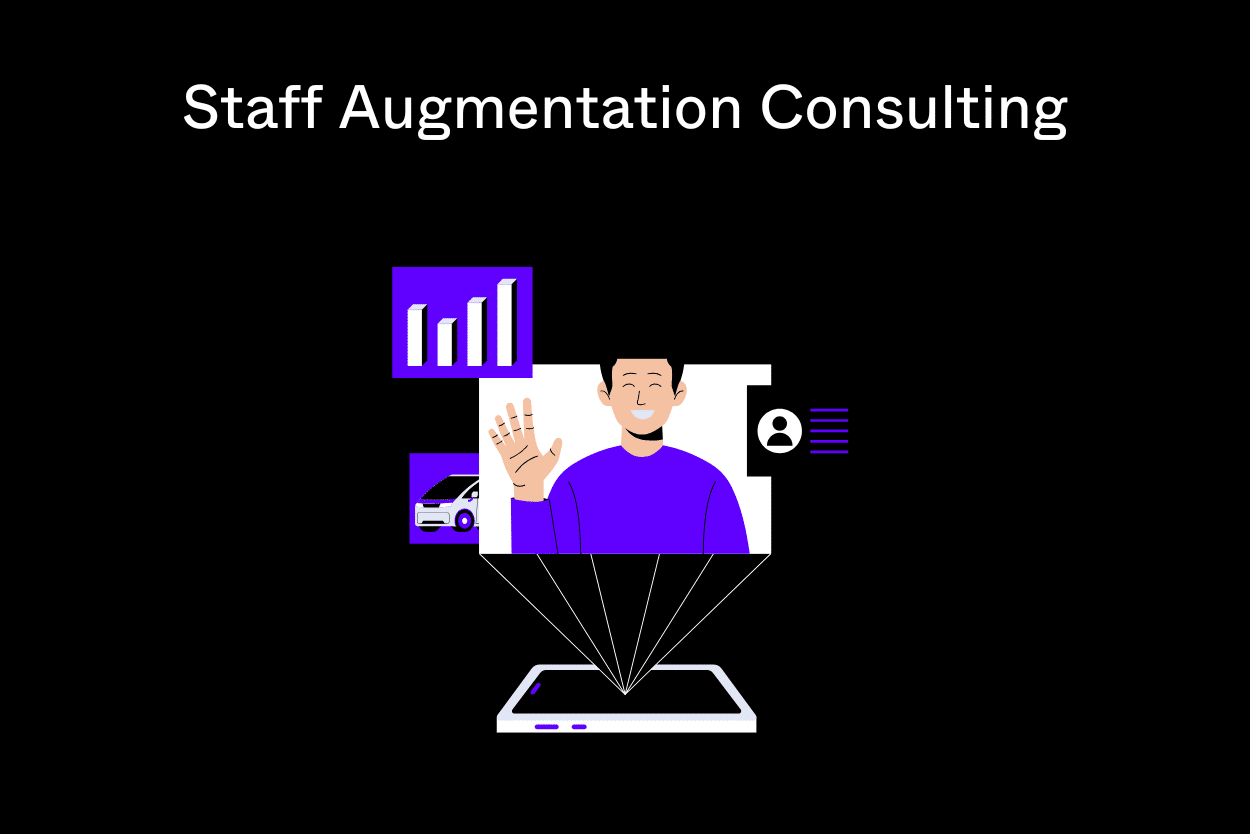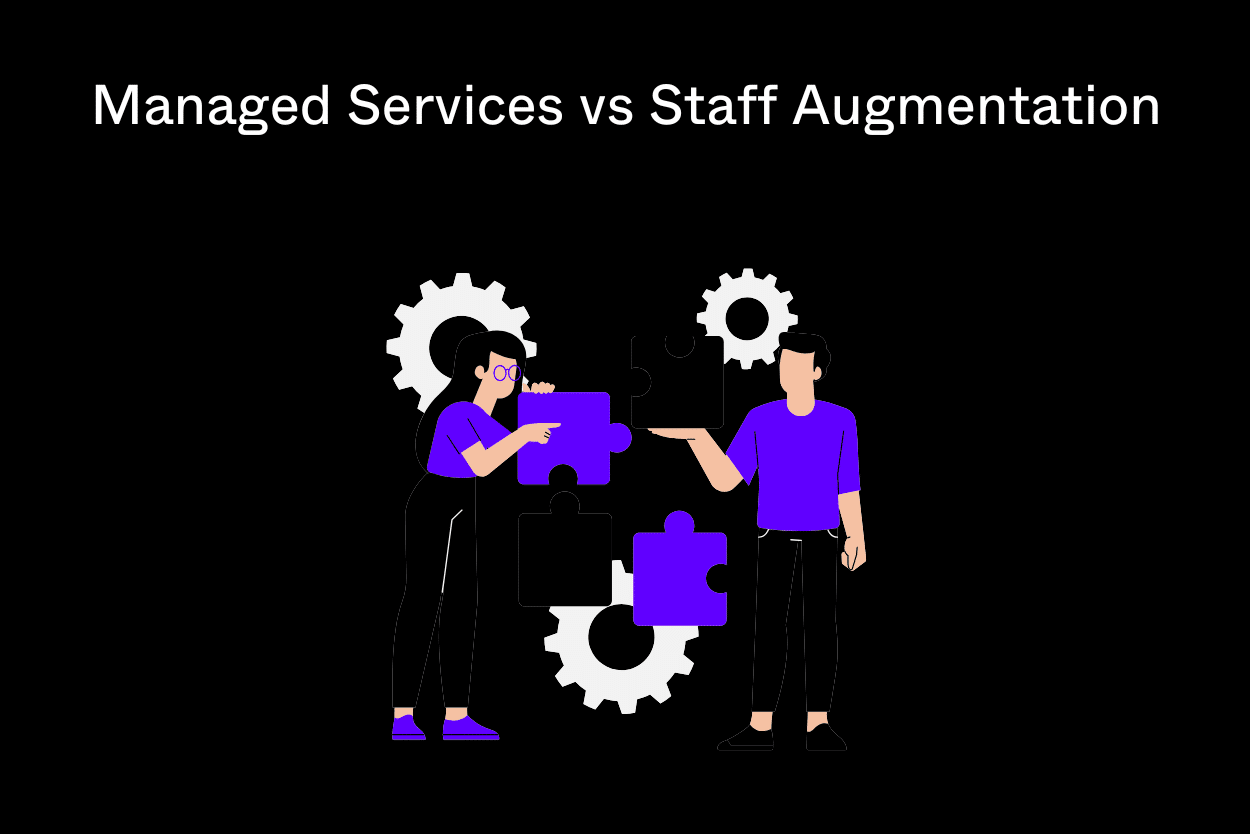
In the evolving landscape of software development, microservices architecture has emerged as a pivotal paradigm, enabling organizations to build applications that are both scalable and resilient. By decomposing applications into smaller, independently deployable services, microservices facilitate agility and flexibility in development.
However, as these services grow in number and complexity, effectively scaling them presents a unique set of challenges. This comprehensive guide delves into the necessity of scaling microservices, explores the methodologies involved, addresses common challenges, and outlines best practices to ensure seamless scalability.
Understanding the Need for Scaling Microservices
Microservices architecture structures an application as a collection of loosely coupled services, each responsible for specific business functionalities. This modularity allows for independent development, deployment, and scaling of services.
As user demand increases or business requirements evolve, certain services may experience higher loads, necessitating scaling to maintain performance and reliability. Scaling ensures that each microservice can handle increased demand without compromising the overall system’s integrity.
Why Scale Microservices in Your Organization?
According to O’Reilly’s Microservices Adoption in 2020 report, 92% of enterprises successfully adopted microservices.
Scaling microservices is crucial for several reasons:
- Handling Increased Traffic: As applications gain popularity, the load on individual services can surge. Scaling ensures that services can manage this increased traffic efficiently.
- Improving Performance: By scaling specific microservices that are bottlenecks, overall application performance is enhanced, leading to better user experiences.
- Enhancing Reliability: Scaling contributes to fault tolerance. If one instance of a microservice fails, others can continue to operate, ensuring continuous availability.
- Cost Optimization: Efficient scaling allows organizations to allocate resources where needed, optimizing infrastructure costs by avoiding over-provisioning.
For instance, an e-commerce platform may need to scale its payment processing service during peak shopping seasons to handle increased transaction volumes without delays or failures.
How to Scale Microservices
Scaling microservices can be approached in two primary ways:
Horizontal Scaling (Scaling Out):
- This involves adding more instances of a microservice to distribute the load. It’s effective for stateless services where each instance operates independently.
Vertical Scaling (Scaling Up):
- This entails enhancing the resources (CPU, RAM) of existing instances. While it can be simpler, it’s often limited by hardware constraints and may lead to higher costs.
Horizontal scaling is generally preferred in microservices architectures due to its flexibility and alignment with cloud-native practices.
Challenges in Scaling Microservices
While microservices offer scalability benefits, they also introduce specific challenges:
- Service Coordination: As the number of services grows, managing interactions and dependencies becomes complex. Effective service discovery and load balancing mechanisms are essential.
- Data Consistency: Ensuring data consistency across distributed services is challenging, especially when each service has its own database. Implementing patterns like Saga can help manage distributed transactions.
- Monitoring and Debugging: With multiple services interacting, tracing requests and identifying issues require robust monitoring and logging solutions.
- Security: Each microservice increases the attack surface. Ensuring secure communication and implementing proper authentication and authorization are critical.
Best Practices for Scaling Microservices
To effectively scale microservices, consider the following best practices:
- Implement Service Discovery: Utilize tools that enable services to discover and communicate with each other dynamically, facilitating seamless scaling.
- Use Load Balancing: Distribute incoming traffic across multiple service instances to prevent any single instance from becoming a bottleneck.
- Adopt Containerization: Containers encapsulate microservices and their dependencies, ensuring consistency across environments and simplifying scaling.
- Leverage Orchestration Tools: Platforms like Kubernetes automate the deployment, scaling, and management of containerized applications, enhancing scalability.
- Monitor Continuously: Implement comprehensive monitoring to gain insights into service performance and preemptively address potential issues.
- Ensure Secure Communication: Use protocols like TLS for encrypting data in transit and implement robust authentication mechanisms to protect inter-service communications.
Scaling Microservices with Kubernetes
Kubernetes has become the de facto standard for orchestrating containerized microservices. It offers features like:
- Horizontal Pod Autoscaler (HPA): Automatically scales the number of pod replicas based on observed CPU utilization or other select metrics.
- Service Discovery and Load Balancing: Kubernetes provides built-in service discovery and load balancing, simplifying inter-service communication.
- Self-Healing: Automatically restarts failed containers, replaces and reschedules containers when nodes die, and kills containers that don’t respond to user-defined health checks.
By leveraging Kubernetes, organizations can automate many aspects of scaling, ensuring that microservices respond dynamically to varying loads.
Tools for Scaling Microservices
Several tools facilitate the scaling of microservices:
- Istio: A service mesh that provides traffic management, security, and observability, aiding in the control and monitoring of microservices.
- Helios: Offers insights into microservices interactions, assisting in monitoring and debugging complex systems.
- AWS CloudFormation: Enables modeling and setting up Amazon Web Services resources, allowing infrastructure management through code, which is beneficial for scaling.
- Linkerd: A lightweight service mesh focused on simplicity and performance, providing observability, reliability, and security features.
These tools, among others, provide the necessary capabilities to manage and scale microservices effectively.
Conclusion
Scaling microservices is essential for building applications that are responsive, reliable, and capable of handling varying loads. By understanding the need for scaling, addressing associated challenges, and implementing best practices, organizations can ensure their microservices architectures are robust and efficient.
Leveraging tools like Kubernetes and service meshes further enhances the scalability and manageability of microservices, positioning organizations to meet evolving business demands effectively.



